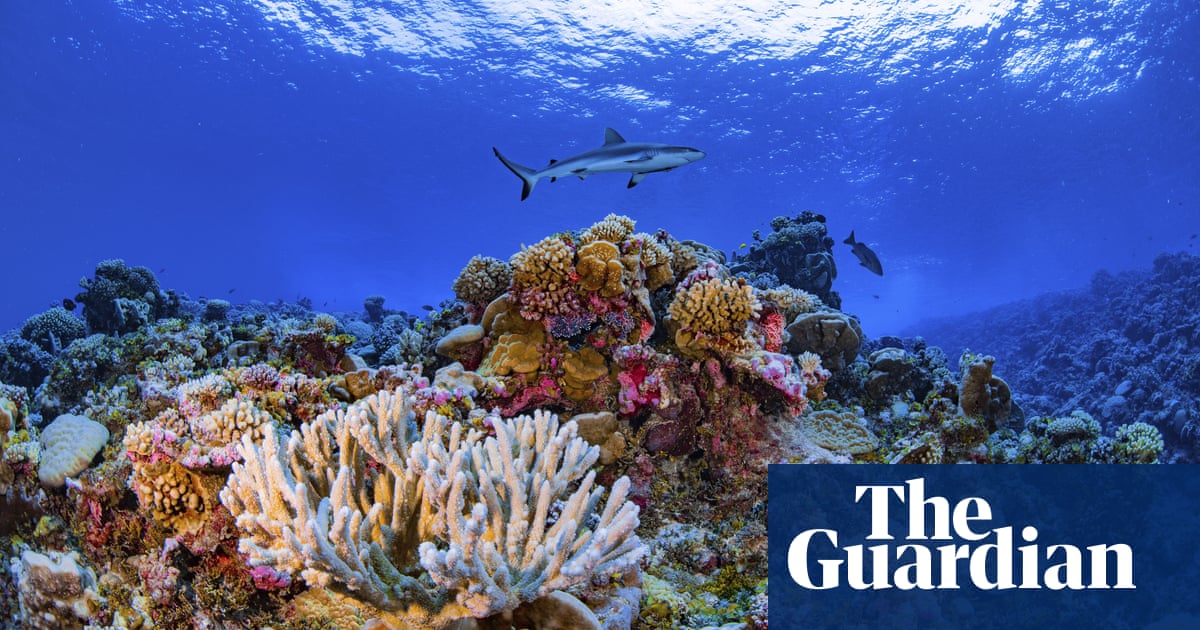
Increasing chemical and plastic pollution are “significant” contributors to the decline of fish and other aquatic organisms, yet their impact is being missed by regulators, according to a report by environmentalists.
The report, Aquatic Pollutants in Oceans and Fisheries, by the International Pollutants Elimination Network and the National Toxics Network, draws together scientific research on how pollution is adversely affecting the aquatic food chain. It catalogues the “serious impacts” of “invisible killers” such as persistent organic pollutants and excessive nutrients on the immunity, fertility, development and survivaL of aquatic animals.
In it, scientists argue the regulation of fisheries does not always take into account biologically or scientifically relevant data on all contributors to the health of fish populations, leading to a “narrow view” of declining numbers based on quota catch rates and efforts. “Regulators have yet to grasp the impact of pollution,” the report says.
“Many people think fish declines are just the result of overfishing,” said Dr Matt Landos, the report’s co-author and a director of Future Fisheries Veterinary Service, a consultancy based in New South Wales, Australia. “In fact, the entire aquatic food web has been seriously compromised, with fewer and fewer fish at the top, losses of invertebrates in the sediments and water column, less healthy marine algae, coral and other habitats, as well as a proliferation of bacteria and toxic algal blooms.”
About 90% of the world’s fish populations are fully fished or overfished, according to the Food and Agriculture Organization, an agency of the United Nations.
The use of chemicals, which has increased over the last couple of decades, is likely to grow further in the coming years, and their effect will be exacerbated by a changing climate, the report warns.
An estimated 80% of chemical pollution in the seas originates on land, but historically regulation of water pollutants has focused on end-of-pipe discharges. Diffuse emissions of toxic chemicals, particularly in the aquatic environment, are complex and difficult to detect, monitor or regulate, the report notes.
Key areas of concern identified are industrial releases of polychlorinated biphenyls (PCBs), dioxins and other chemicals into rivers, streams, lakes and oceans, as well as historical industrial pollutants rereleased by dredging. Pesticides, present at harmful levels in aquatic environments, and pharmaceutical residues, now found throughout marine and coastal waters, as well as rivers and streams, are also a major concern, the report says.
Landos co-authored a paper in 2019 that found pesticide regulation and management in Queensland failed to prevent the ongoing pollution to the Great Barrier Reef catchment.
A 2019 global study of 165 rivers in 72 countries cited in the report found at least one antibiotic in two-thirds of the sites studied and unsafe levels of antibiotics in 15% of the sites. The most commonly found was trimethoprim, used to treat urinary-tract infections.
The report also cites research showing that microplastics attract, concentrate and magnify other persistent toxic chemicals from the surrounding aquatic environment on to their surfaces. Microplastics have been found in commercial fish species throughout the world. Exposure to microplastics has been associated with negative effects on aquatic organisms, including increased immune response, decreased food consumption, decreased fertility and effects on subsequent generations.












